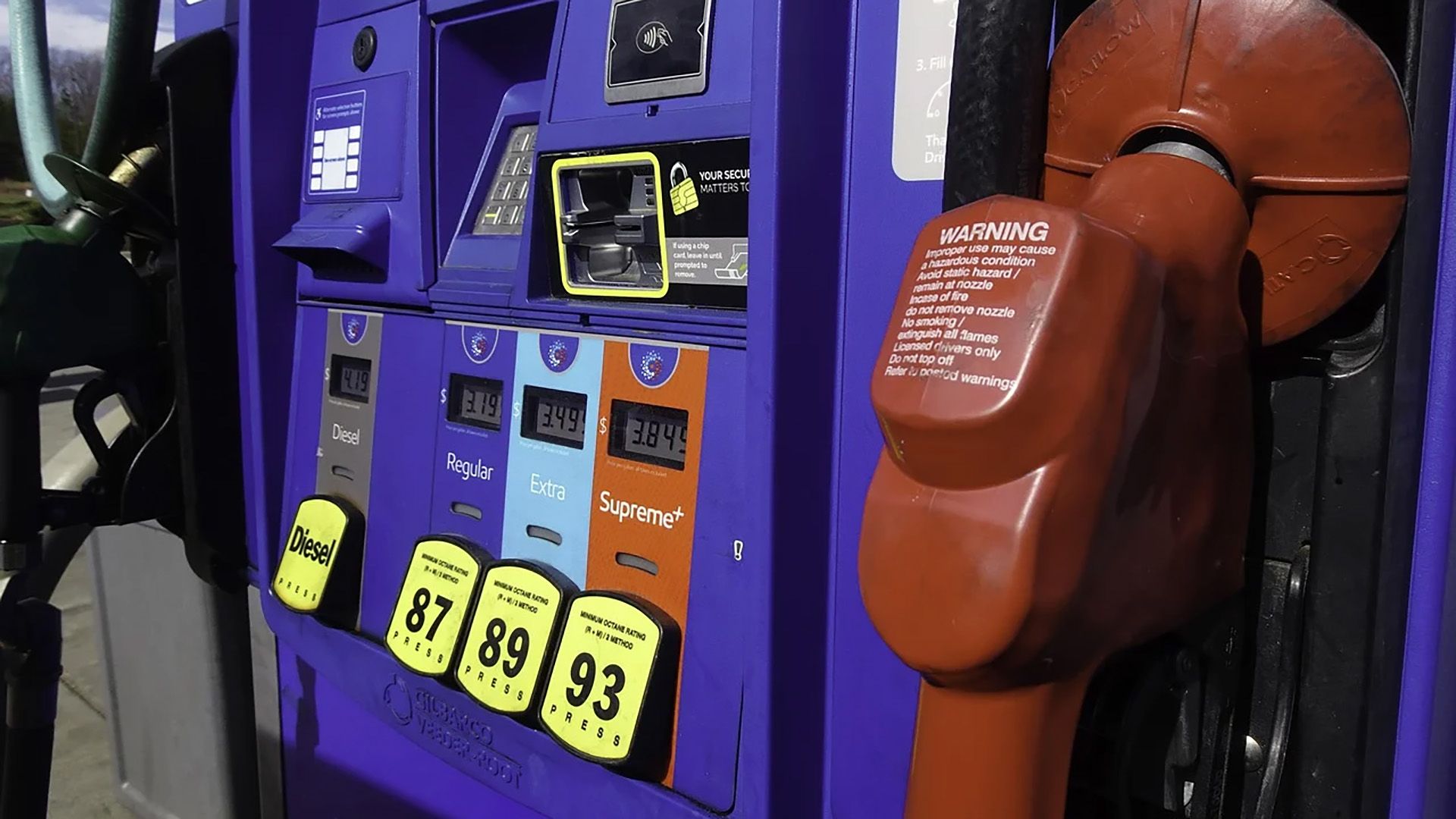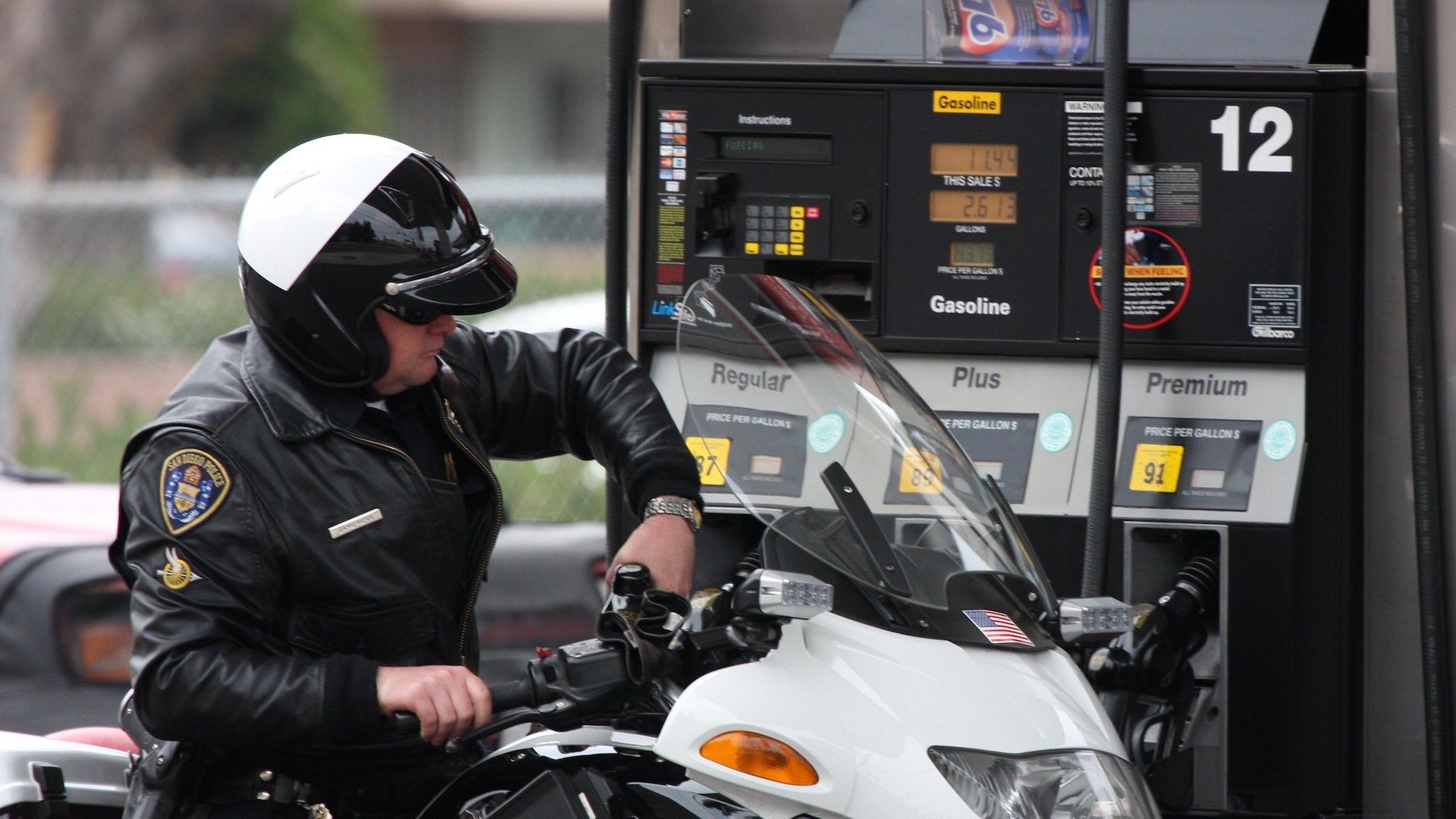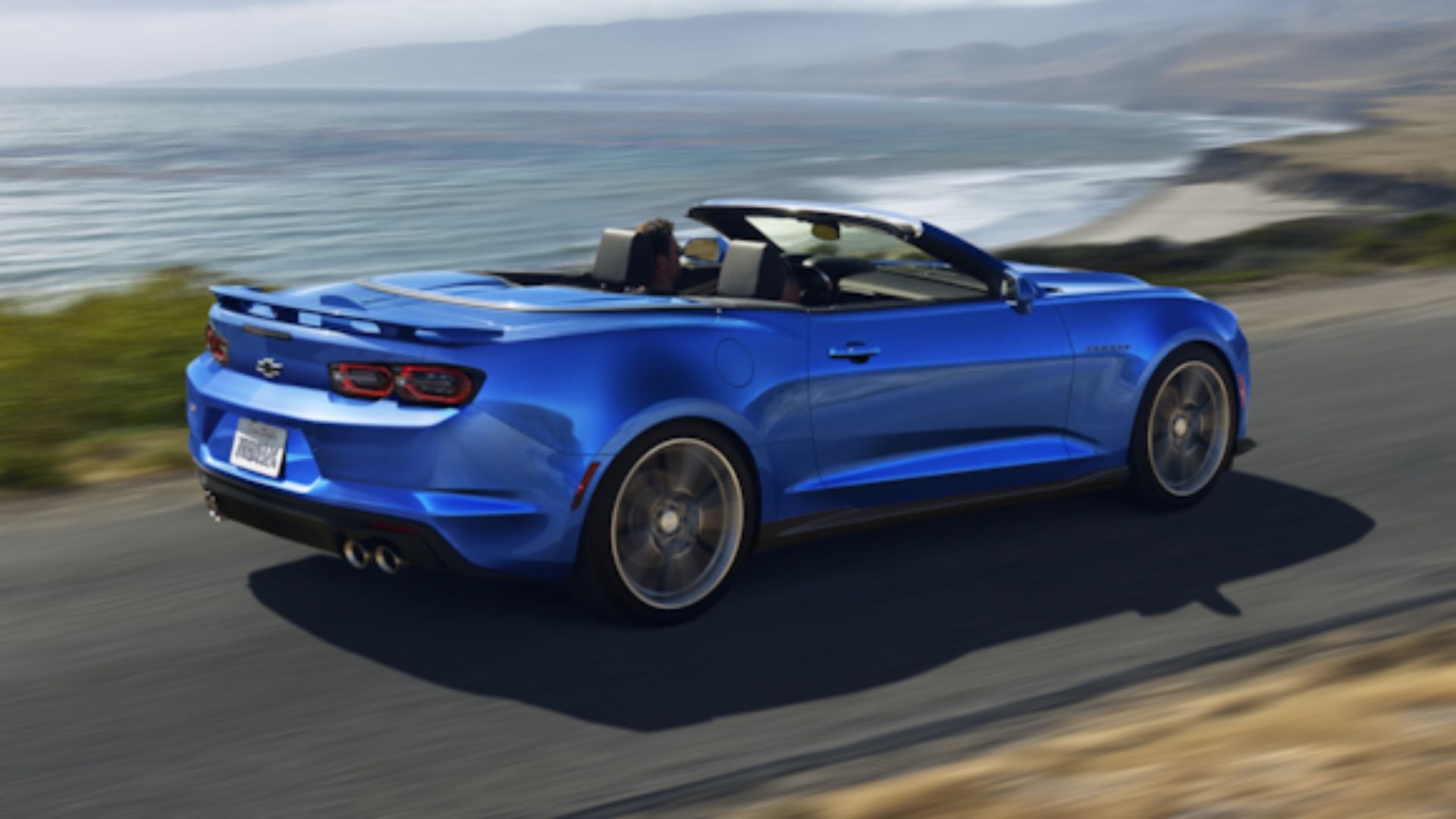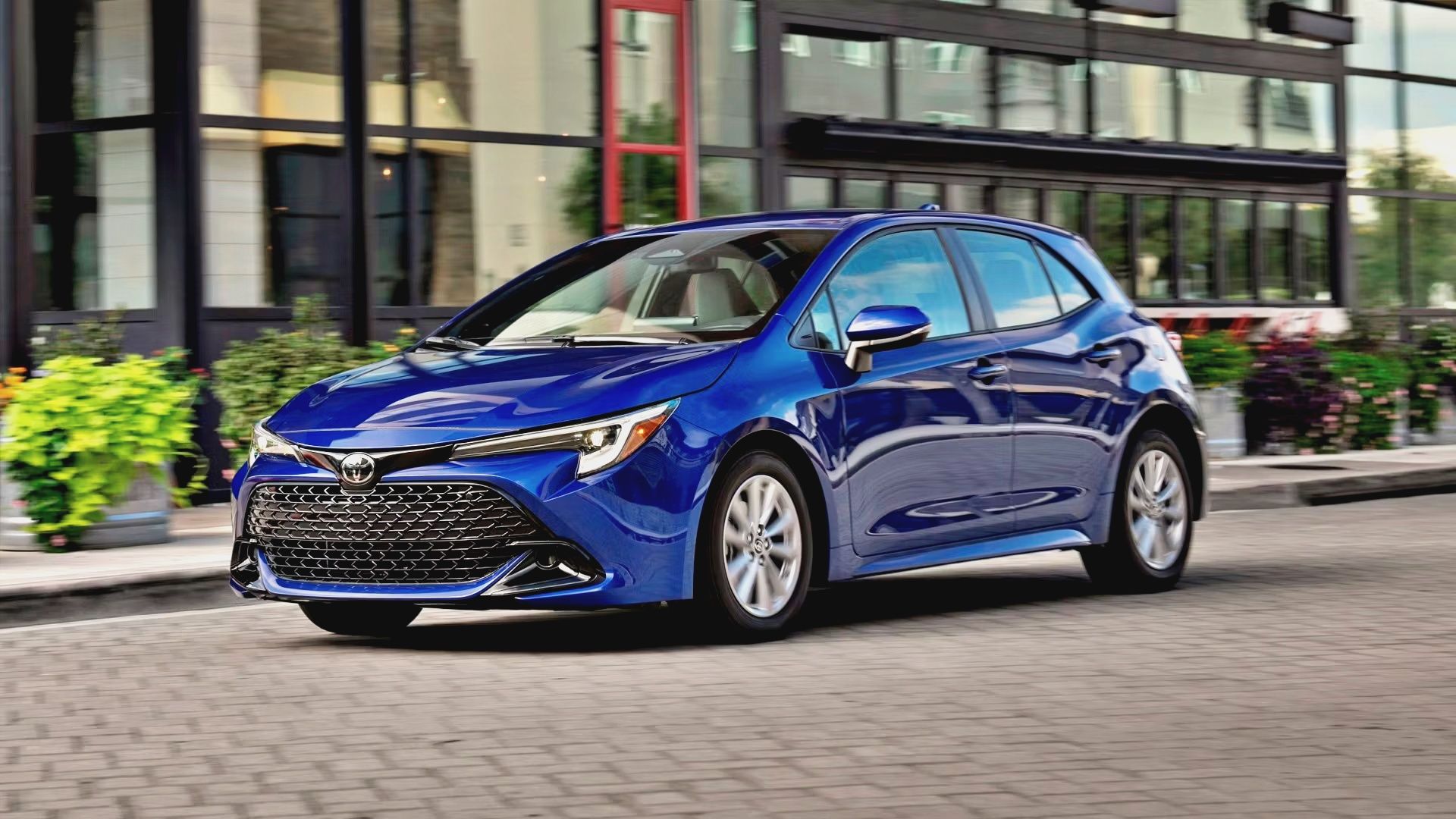Summary
- Transition to costlier summer blend gas in spring drives up fuel expenses nationally, impacting wallets amid inflationary pressures.
- Swap to pricier blend for summer, coupled with increased driving demand in warmer weather, raises gas prices for consumers nationwide.
As April 2024 unfolds, consumers across the nation are feeling the pinch at the pump as gas prices increase at least 10 cents across the board. The surge can be attributed to a number of factors, each contributing to the steady uptick in fuel costs. One of the prominent reasons pricing surged this season is the transition from the cost-effective winter blend to the pricier summer blend of gasoline.
The switch to summer blends has commenced, further putting the strain on consumers’ wallets. This seasonal switch, unfolding throughout March and April, traditionally marks a period of heightened fuel expenses due to the refined composition required to meet warmer weather specifications.
Adding fuel to the fire, the consumer price index (CPI) has arrived with a sharper sting than anticipated, reflecting a broader trend of inflationary pressures. This unexpected spike in CPI serves as a harbinger for escalating expenses, with gas and rent prices being the most notably impacted. A common trend among consumers during these times is to shop for more fuel-efficient vehicles to drive every day.
As temperatures rise and days lengthen, prompting increased mobility and recreational outings, the collective surge in driving activity further fuels the demand for gasoline, pushing prices upwards. This intricate interplay of economic, seasonal, and behavioral factors showcases the complex nature of the current gas price surge.
In order to give you the most up-to-date and accurate information possible, the data used to compile this article was sourced from various government websites and other authoritative sources, including the U.S. Energy Information Administration, AAA, and the U.S. Bureau of Labor Statistics.
Seasonal Blend Switches To More Expensive Gasoline During Summer
Many motorists and enthusiasts alike are feeling the stretch at the pump because gas prices are rising, along with the cost of vehicles in general. On average, gas prices for US drivers have risen nearly 6.5% in the past month, from $3.39 to $3.61 per gallon.
Drivers are noticing lighter wallets leaving stations because gas prices were lower just a few months ago, backed up by data from the U.S. Energy Information Administration (EIA). A few short months ago, in December 2023, the average gas price was $3.15. A spokesperson for AAA, Andrew Gross, told USA TODAY in an interview that the recent uptick in costs should not be a surprise to consumers.
Historically, gas prices will increase in the transition from February to March. The last three years have shown gas prices during these months to increase by as much as 71 cents. “Gas prices move higher in the spring and summer every year.
Gross said:
The nation makes the switch from cheaper winter blend gas to summer starting in March and April. The better weather and longer days usually lead to more driving, pushing demand up.
From data collected by AAA in April, the non-profit put together which states have the largest increases in pricing.
|
States With Highest Increases |
Gas Price Increase In Cents |
|
Indiana |
+$0.19 |
|
Arizona |
+$0.19 |
|
California |
+$0.17 |
|
Ohio |
+$0.15 |
|
New Mexico |
+$0.15 |
|
Utah |
+$0.11 |
|
Alaska |
+$0.10 |
|
Kentucky |
+$0.10 |
|
Nevada |
+$0.10 |
|
Idaho |
+$0.09 |
As the warmth of spring heralds the arrival of sunnier days, the annual switch from the economical winter blend to the pricier summer blend of gasoline unfolds across the nation, contributing to the surge in fuel costs. This transition isn’t just cosmetic; it is a shift in the composition of gasoline tailored to meet the higher environmental standards demanded during the warmer months.
The switch, which typically starts in March and April, introduces a refined blend designed to combat increased air pollution and emissions characteristic of summer driving conditions. However, this refinement comes at a cost, translating into higher prices at the pump for motorists already grappling with inflationary pressures. Despite the predictable nature of this seasonal switch, the impact on consumers’ wallets is still at the forefront of discussion.
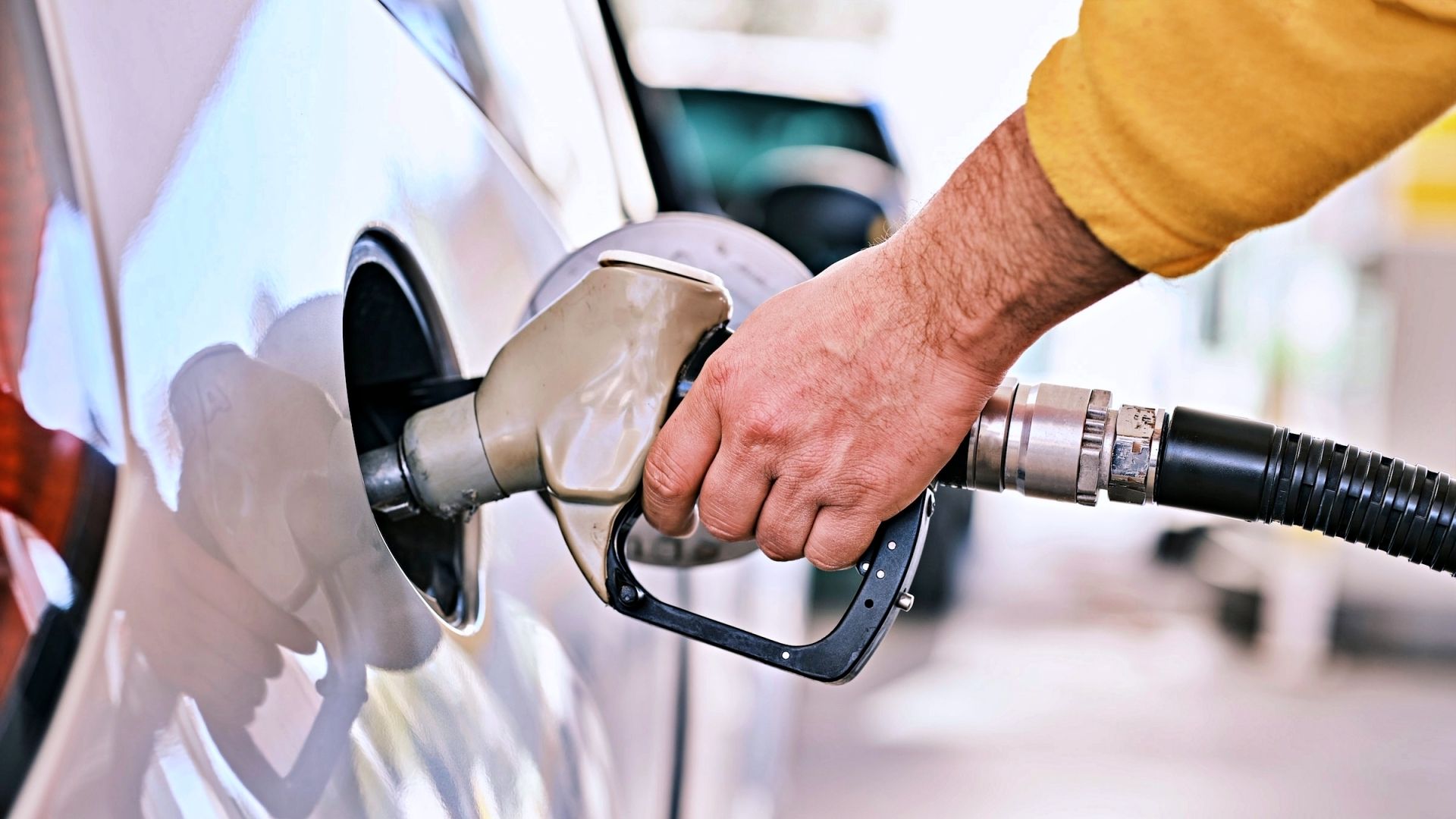
Here’s What’s Raising Gas Prices This Summer
Gasoline prices have exceeded the national average in several States, and here are some of the reasons responsible for causing this unforeseen hike
Consumer Price Index (CPI) Guides Prices For Fuel and Rent
Inflation remains a persistent challenge for the U.S. economy, with the Consumer Price Index (CPI) serving as a critical guidepost for understanding its impact on everyday expenses. The March CPI data, coming in higher than expected, lays out the growing strain on consumers’ wallets, with gasoline prices and rent emerging as primary drivers of this upward trajectory.
As two unavoidable expenses for most individuals, fluctuations in gas prices and rental costs have a large influence over household budgets. The sustained acceleration in prices not only poses a challenge for the Federal Reserve to manage economic stability but also complicates the decision-making process regarding interest rate adjustments.
The latest CPI figures signal a departure from the previous narrative of subdued inflation, prompting analysts to reassess the outlook for monetary policy. Seema Shah, chief global strategist at Principal Asset Management, notes that the persistent strength in inflation readings dispels the notion of a transient phenomenon, potentially reshaping the timeline for future policy actions by the Federal Reserve. With inflationary pressures showing resilience despite ongoing efforts to contain them, the prospect of interest rate cuts in the near term appears increasingly unlikely.
The uncertainty reverberated across financial markets, with stocks experiencing a downturn in response to the CPI report, showing the broader implications of inflationary trends on market performance. As the CPI continues to guide pricing dynamics, its influence extends beyond economic indicators to shape the trajectory of monetary policy and investment strategies in an environment characterized by heightened inflationary risks.
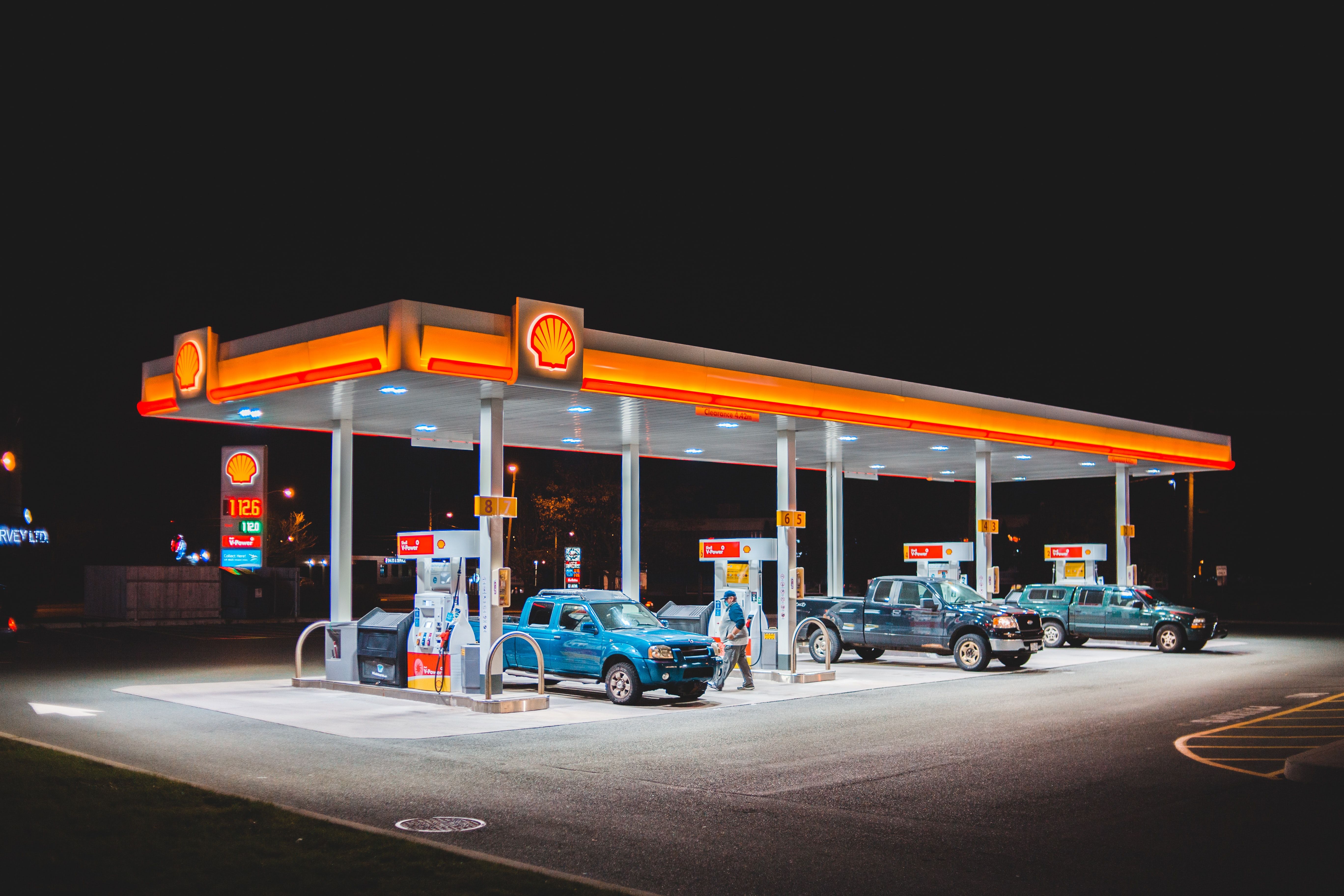
Gas Prices Soar Amidst Russia-Ukraine Conflict
National Average at $3.57 with California seeing the highest prices; here are some practical tips on how to get more out of every gallon
Warmer Weather Means More Driving and More Demand
As warmer weather settles in, the allure of road trips and outdoor adventures beckons, driving up the demand for gasoline as travelers hit the open road. With convertible cruising and enthusiasts reveling in better driving conditions, the surge in demand further pushes the upward pressure on gas prices. This seasonal uptick in driving activity not only reflects a cultural affinity for summer exploration but also the economic dynamics at play, as increased mobility means the need for additional fuel supply.
While drivers are feeling the higher prices currently, relief typically comes as the year progresses. Andrew Gross suggests that as we transition towards cooler months in 2024, the pressure on gas prices is expected to ease, offering some relief to consumers. Historically, gas prices tend to decrease as summer ends, with anticipated declines of 10 to 20 cents per gallon for the fall season.
However, Gross cautions that the onset of hurricane season introduces an element of unpredictability, with potential disruptions to supply chains in the event of a major storm impacting refinery operations. As drivers brace the fluctuating fuel costs, the interplay between seasonal trends and economic factors requires constant attention from analysts.

3 Best German Convertible Sports Cars For Summer
At the end of a long week, it’s time to drop the top and go for a drive. Luckily the Germans are quite good at building Roadsters for such an occasion
Ways To Save On Gas This Summer
Amidst rising gas prices, there are several strategies to stop frequent visits to the pump and stretch your fuel budget further. With increased vehicle usage during this season, prioritizing maintenance tasks can significantly enhance your fuel economy. Swapping out worn spark plugs, responsible for igniting fuel in your engine, is a simple yet effective method to boost miles per gallon.
Similarly, ensuring your tires are adequately inflated and have sufficient tread depth is crucial for optimal efficiency. According to the Department of Energy, properly inflated tires can improve gas mileage by up to 3%, highlighting the importance of this often overlooked aspect of vehicle upkeep.
Beyond maintenance, considering a shift to a more fuel-efficient vehicle can yield substantial savings over time. While large SUVs and trucks may offer utility, switching to a compact, fuel-efficient hatchback for daily commuting can translate into notable reductions in fuel costs.
These smaller, more nimble vehicles are designed to sip gas, making them a practical choice for minimizing fuel expenses without sacrificing convenience or comfort. By embracing a combination of maintenance practices and vehicle choices tailored for efficiency, consumers can navigate the challenges of escalating gas prices with greater ease.

